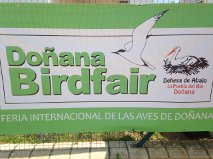 It seems a long time ago that I was looking at herons, and raptors, and storks and larks in southern Andalucia – but the memories will stay with me.
It seems a long time ago that I was looking at herons, and raptors, and storks and larks in southern Andalucia – but the memories will stay with me.
I must go back and read Portrait of a Wilderness – written about the area in the years before I was born. I remember reading Guy Mountfort’s book when I was at grammar school and wondering whether I would ever go to that place, or to any such places. It really did take an expedition approach in the 1950s – now you can hop on a plane and be seeing all those birds about three hours later.
Reading the book again will, I suspect, be a bitter-sweet experience. It will be good to read again of how the place impressed its visitors, as it still does, and of the wildlife they discovered. But I suspect it will also be a little bitter in that, almost for sure, some of the places described are now intensively farmed and have lost their wildlife.
In some ways, one should never go back – places nearly always seem just a little impressive than the last time one was there. That’s partly because the element of surprise has gone but also because the march of progress tends to stamp on nature. The greatest protection that European nature has from that boot is the designations deriving from the nature directives – the Birds Directive and the Habitat Directive. My local patch of Stanwick Lakes is no Coto Donana but is protected by the same EU designation as the Coto – and the Danube Delta and the Camargue! It’s not a perfect system but it is so much better than nothing and such a strong reason, though there are many others, not to vote UKIP (who want us to leave the EU) nor Conservative (who are going to offer us the chance to make a huge mistake and vote to leave the EU).
Of course the system isn’t perfect – Henry and I spent some time in the north of England this week and saw about ten thousand more Pheasants squashed on the roads and strutting through the heather than birds of prey (but that’s another subject – although not entirely separate).
I am a birder and I can’t help, when in a place like the Coto, to want to identify every bird I see, and see every species there is to see, but actually birding is much more about place and people for me than it ever used to be.
Standing on the dunes, looking across the marismas, was a moment that I will remember long after I’ve forgotten whether or not we saw Short-toed Eagle (We did!). And the companionship of my British companions and friends was memorable too, as was the kindness, pride and passion of our Spanish hosts and friends.
So here are just a few more photos to round things off and three rather strange things you would have heard had you been with us.
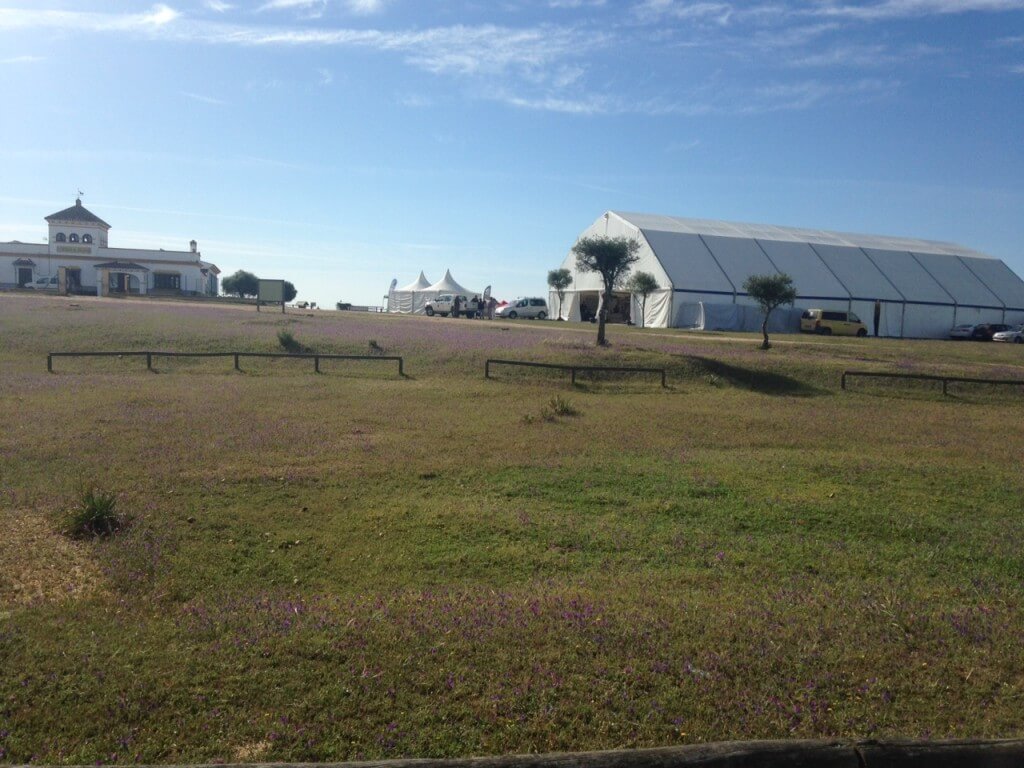
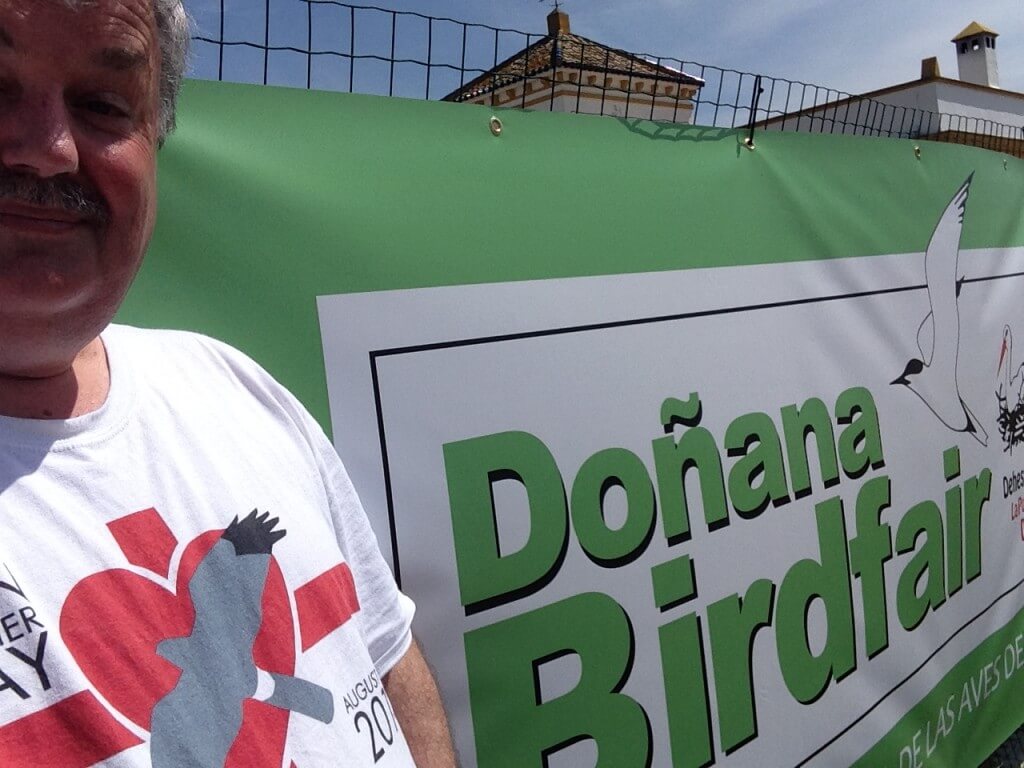
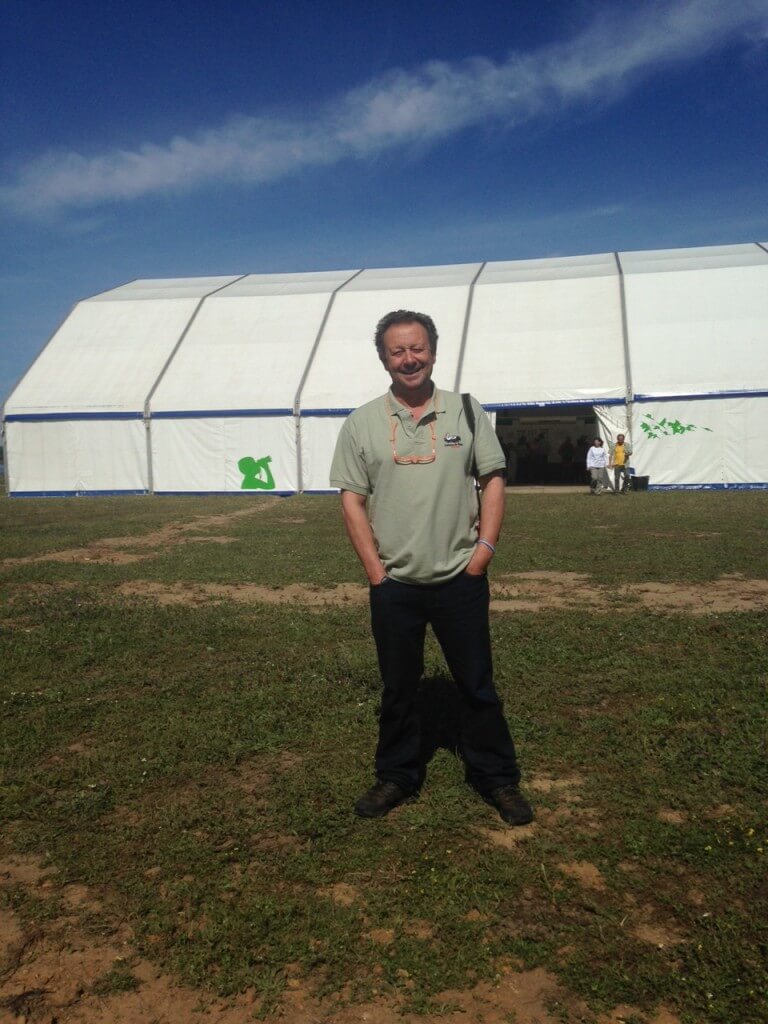
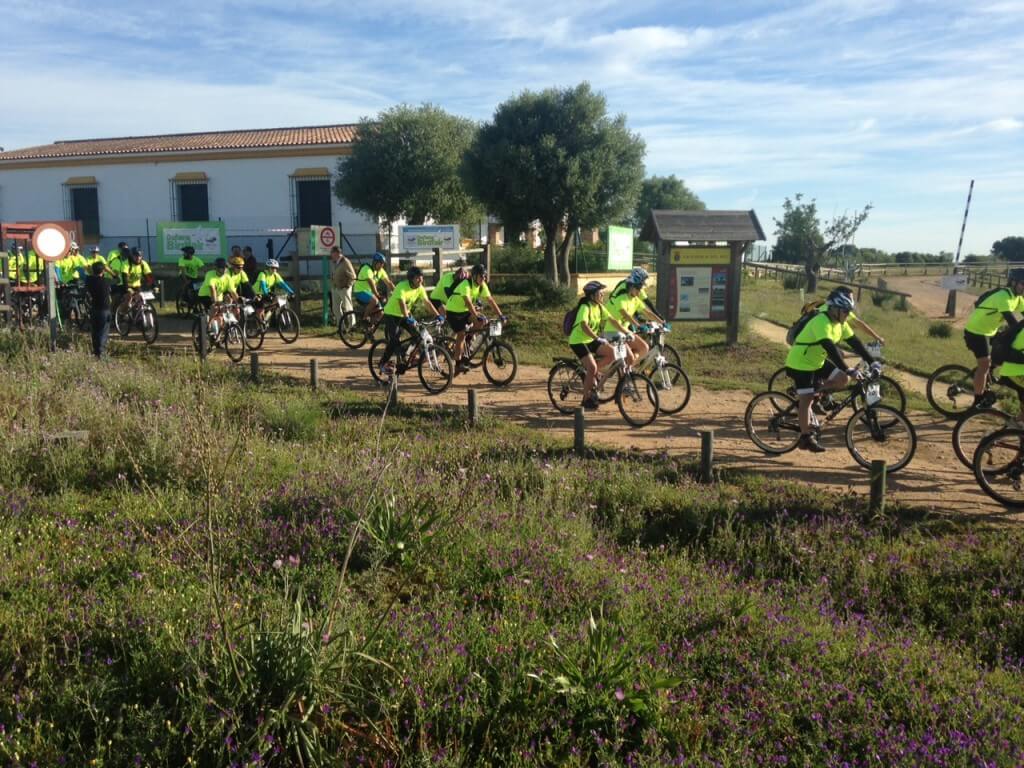
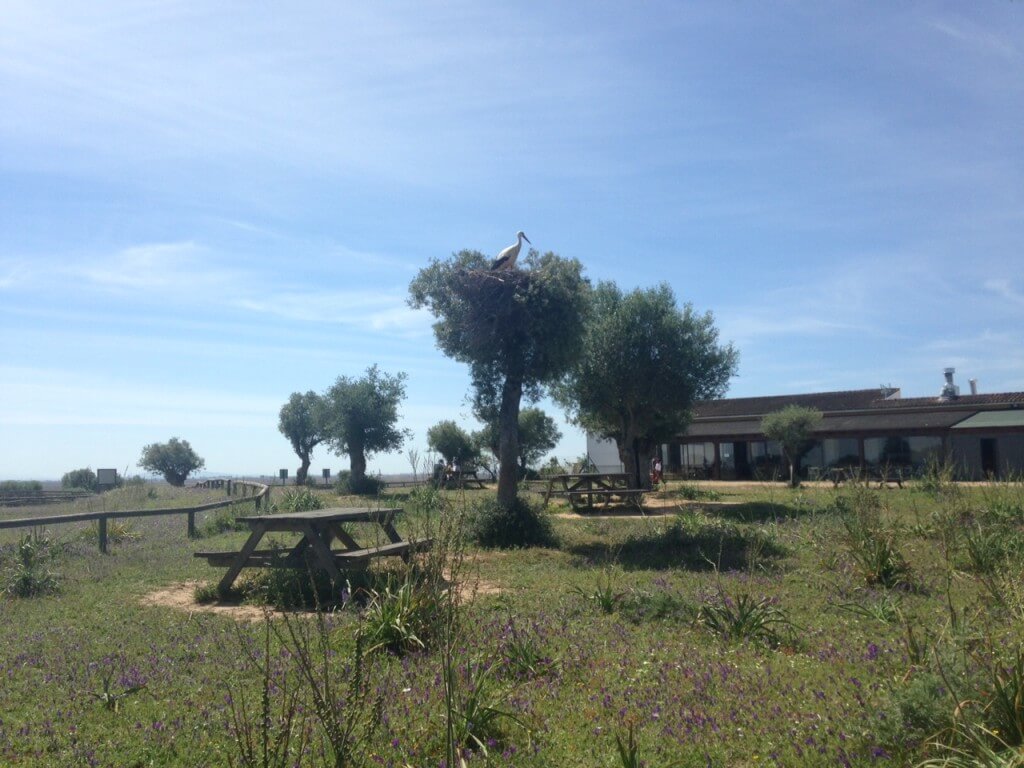
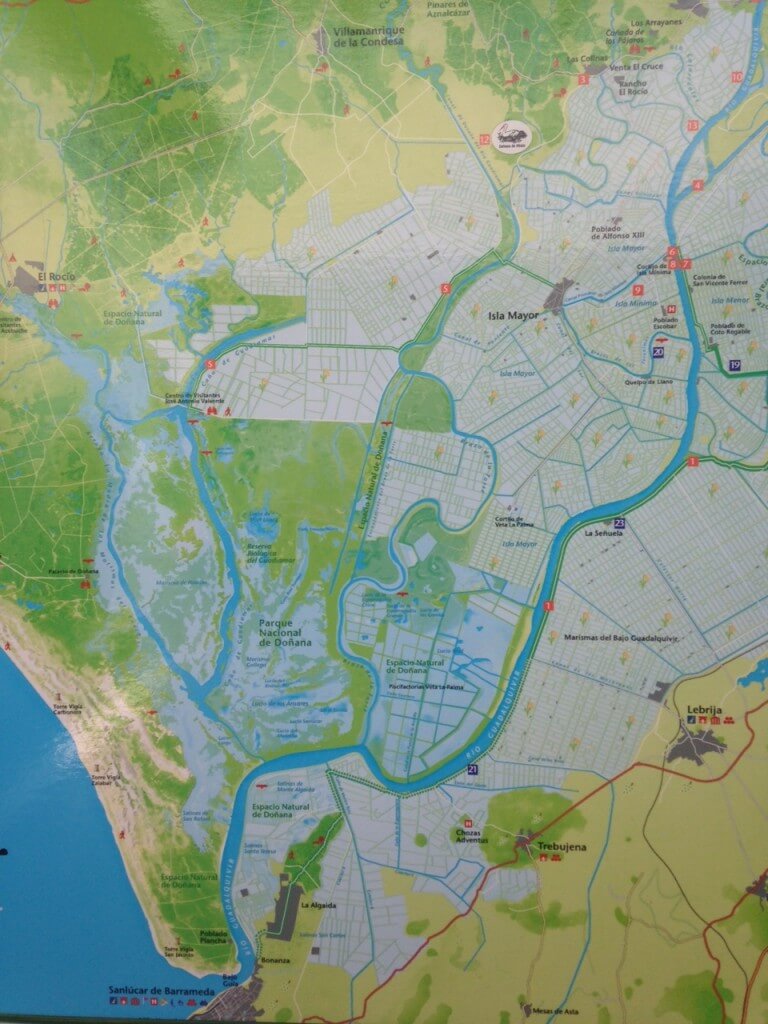
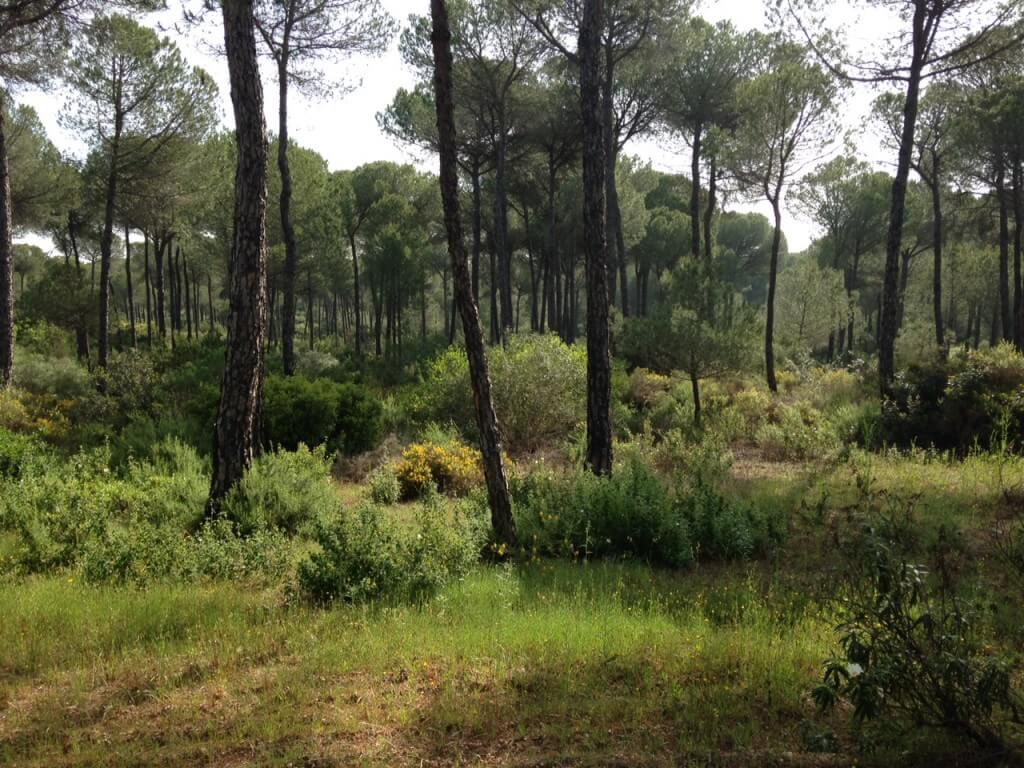
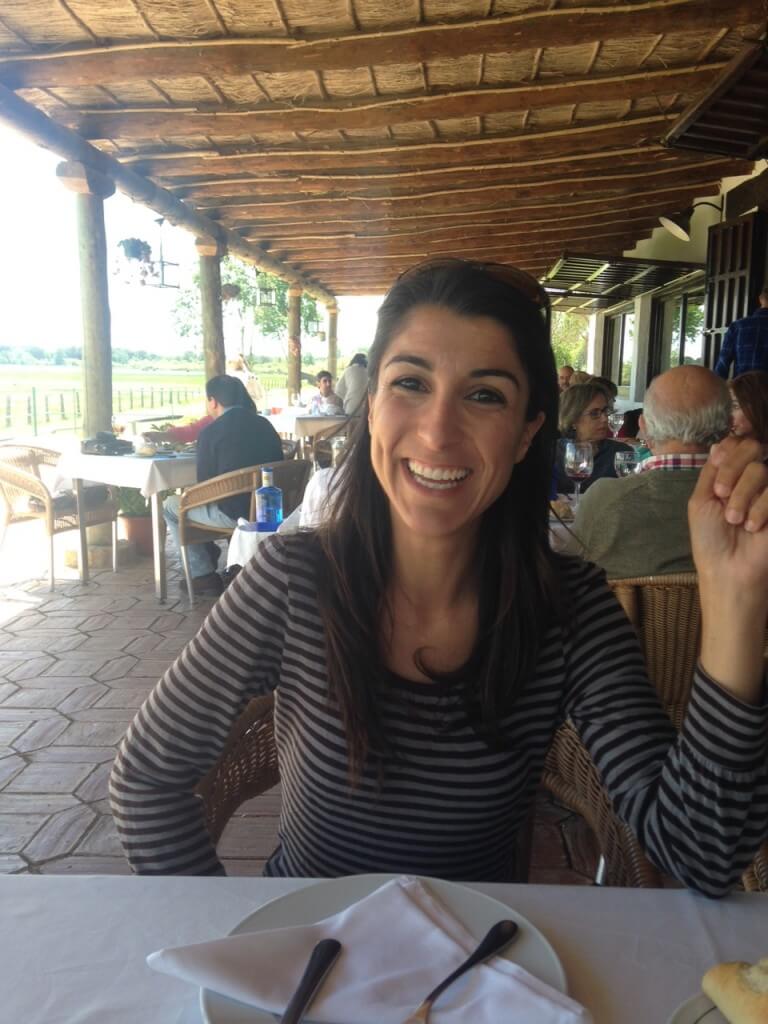
Overheard:
A: What’s that on the wire?
B: A Bee-eater.
A: No, it’s a Corn Bunting!
C: Oh well, the plumage is very similar.
Then she ran out into the garden and tried to hit the rat with the walrus penis.
Our search for the Lynx is Jynxed (when we stopped to look at a Wryneck)
[registration_form]
Went on a coach trip from our hotel a good few years ago. Loved it!
The comment about the similarity between corn buntings and bee-eaters reminds me of an occasion many years ago when I was looking over a marsh in the Camargue and overheard some nearby holiday makers pointing to some cattle egrets and exclaiming “Look! The flamingos are riding on the horses’ backs!”.
It used to be (probably still is) possible to take a boat up the river from Sanlûcar de Barrameda to get an alternative Doñana experience.
Amazing part of the world (& we didn’t see Lynx either!)
Now back home (sadly) and on checking my notebook I find that Doñana was a 12 raptor day! And not a driven grouse moor in sight – coincidence?